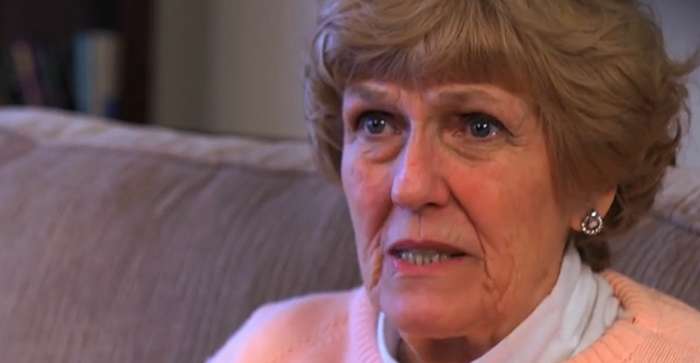Assisted Suicide: How One Woman Chose to Die, Then Survived

In 1994, Jeannette Hall, a resident of King City, Ore., voted in favor of Ballot Measure 16, which for the first time in the United States, would allow terminally ill patients to end their own lives through physician-assisted suicide. Six years later, she would be diagnosed with inoperable colon cancer. Doctors gave Hall, who was 55 at the time, two options: She could get radiation and chemotherapy and attempt to fight the cancer, or she could take a lethal dose of barbiturates to end her life. “I was calling it over,” she said. “I wasn’t going to do chemo. When I heard what might take place in radiation … I wasn’t going to do it. I looked for the easy way out.” Without treatment, Hall was given six months to a year to live, and therefore qualified for physician-assisted suicide through Oregon’s Death With Dignity law. Dr. Kenneth Stevens, one of Hall’s two cancer doctors, works at the Oregon Health and Sciences University specializing in radiation medicine. He has long opposed physician-assisted suicide. For weeks, Stevens resisted giving Hall the lethal dose of drugs, hoping he could convince her to change her mind. After multiple phone calls and doctors’ appointments, Stevens said something that changed her mind. Stevens learned that Hall had a son, Scott Walden, who was living in Astoria, Ore., training to be a state trooper. At the time, Walden didn’t even know his mom had cancer—let alone that she was asking her doctor to prescribe her a lethal dose of life-ending drugs. Stevens, in a last ditch effort to convince Hall against death, asked her: “Wouldn’t you like to see him graduate? Wouldn’t you like to see him get married?” “That’s what kept me back. That one sentence,” Hall said. “If you hadn’t said that, I wouldn’t be here.” Fifteen years later, Hall is now cured of cancer and celebrating her 70th birthday with her son—who has since graduated from the police academy but has yet to get married.






